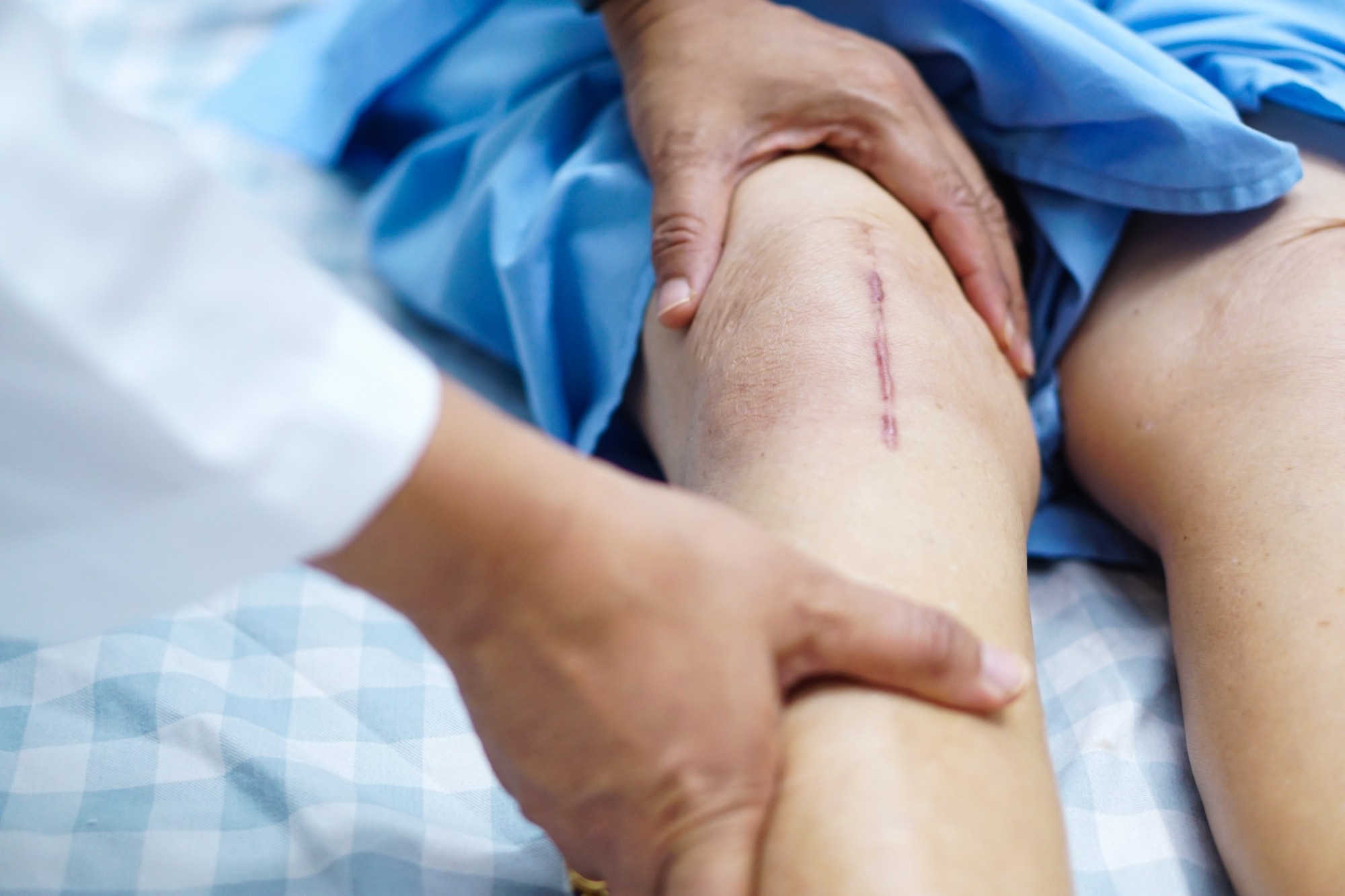Reviewed by Lauren HardakerAug 4 2025
A team led by Dr. Chao Zhong and Bolin An of the Chinese Academy of Sciences' Shenzhen Institute of Advanced Technology, along with Dr. Yan Liu of Ruijin Hospital Affiliated to Shanghai Jiao Tong University School of Medicine, created a novel hemostatic dressing based on bacterial cellulose (BC) that allows for quick and long-lasting bleeding control. The study was published in Advanced Materials on July 22nd, 2025.
 Image credit: sasirin pamai/Shutterstock.com
Image credit: sasirin pamai/Shutterstock.com
One type of severe trauma that frequently affects several organs and has a high morbidity and fatality rate is burn injuries. Controlling hemostasis during burn debridement has always been difficult. Although it has operating restrictions and includes hazards, including heat tissue injury, traditional electrocautery is an efficient method for controlling bleeding.
BC's microporous structure, mechanical strength, breathability, and biocompatibility have made it a viable material for wound dressings. However, BC's efficacy in complicated wound conditions is limited due to its lack of inherent bioactivity, particularly hemostatic characteristics.
The researchers created a synthetic bioengineered solution for their study. They developed a thrombin-anchored BC (T-BC) composite dressing that facilitates quick hemostasis and speeds up wound healing by attaching human-derived thrombin to a BC matrix using a specific cellulose-binding domain (CBD). This solution improves BC’s hemostatic qualities through protein engineering while maintaining its inherent nanomesh structure, breathability, and biocompatibility.
The dressing's enhanced hemostatic efficacy was validated by in vitro coagulation testing. The T-BC dressing outperformed traditional materials in a rat liver incision model, achieving excellent hemostasis in about one minute. Furthermore, T-BC-treated wounds showed considerably faster healing in a simulated deep second-degree burn wound model, with wound closure rates 40% higher than the control group after just five days.
According to genetic-level analyses, the T-BC dressing promotes neovascularization, regulates inflammatory responses, and aids in the restoration of skin tissue architecture. These activities work in concert to speed wound healing, making the exact molecular control of the healing process possible.
The novel biomolecular self-assembly technique effectively immobilizes thrombin by simply immersing it in a mild protein solution. This technique does not require harsh chemicals or the high conditions usually associated with chemical crosslinking. Thorough biosafety assessments, which included cytotoxicity, hemolysis, and histocompatibility testing, validated the material's outstanding biocompatibility and general safety.
This study shows great promise for use in the treatment of chronic wounds and acute traumatic injuries in the future.
Source:
Journal reference:
Wang, Y., et al. (2025) Thrombin-Anchored Bacterial Cellulose Dressing for Advanced Burn Wound Care. Advanced Materials. doi.org/10.1002/adma.202420338.